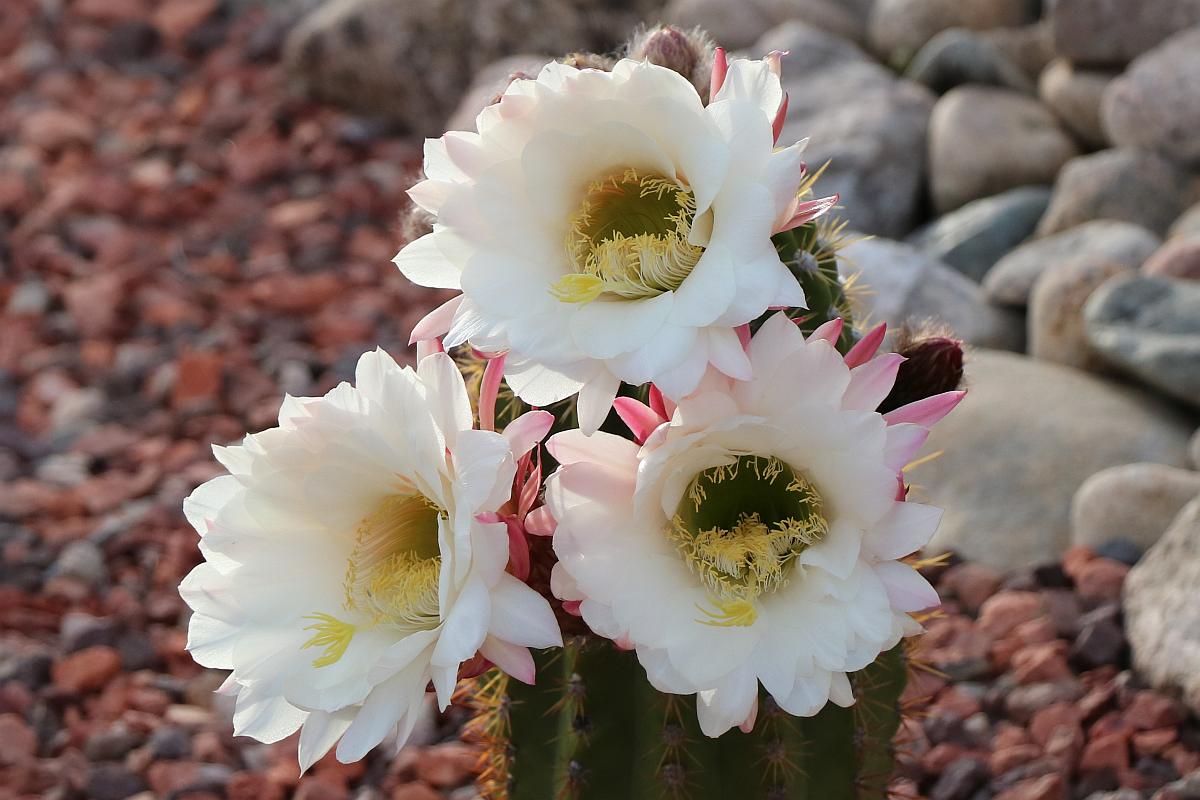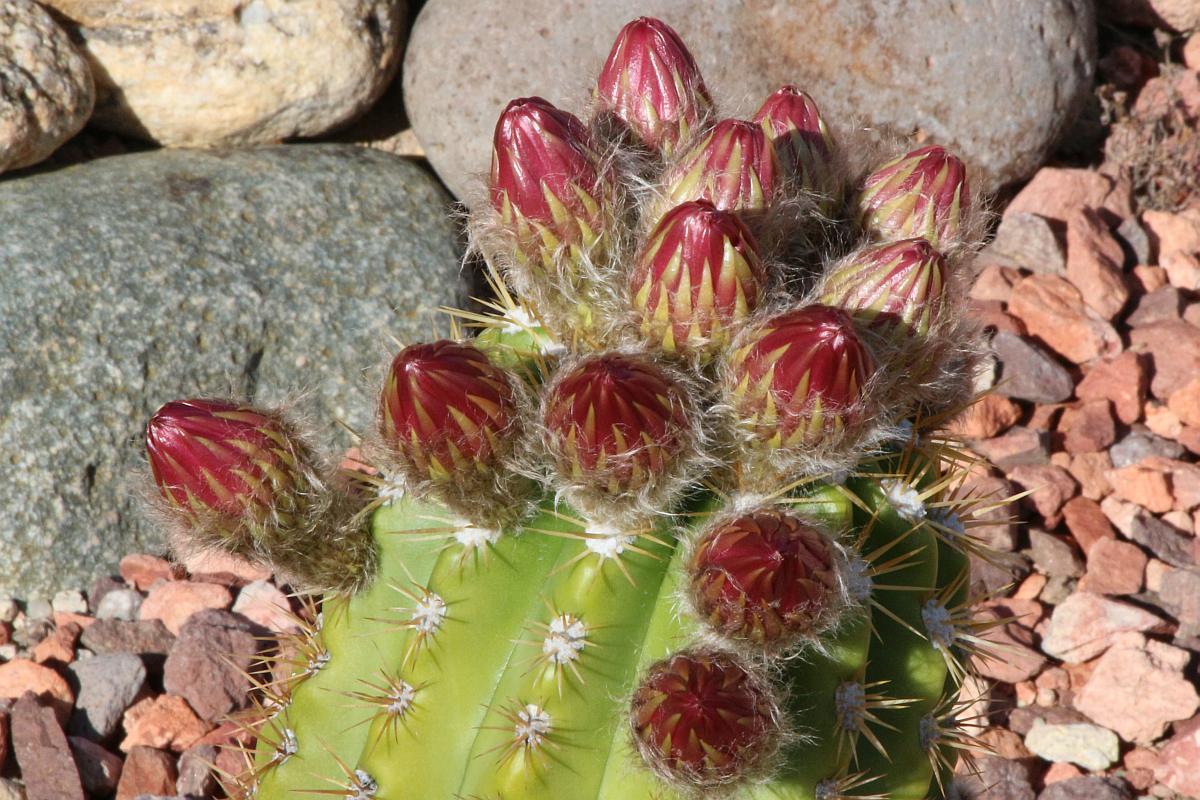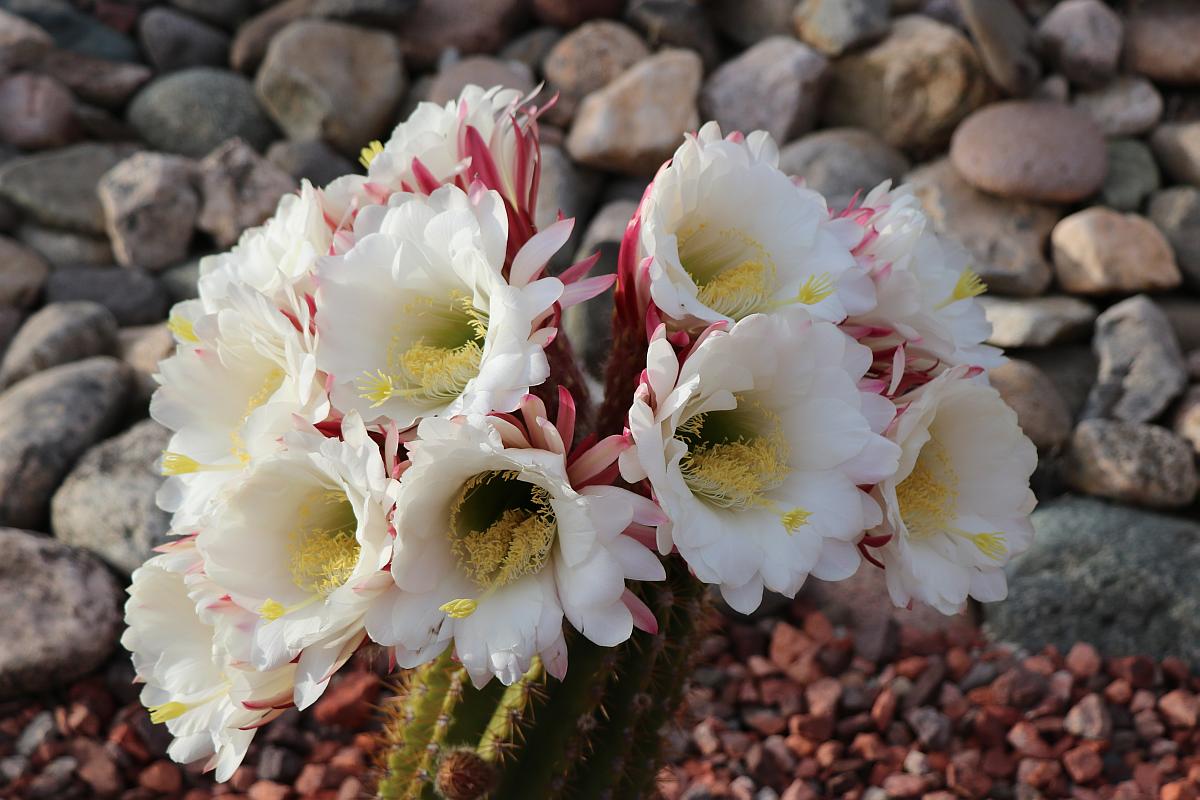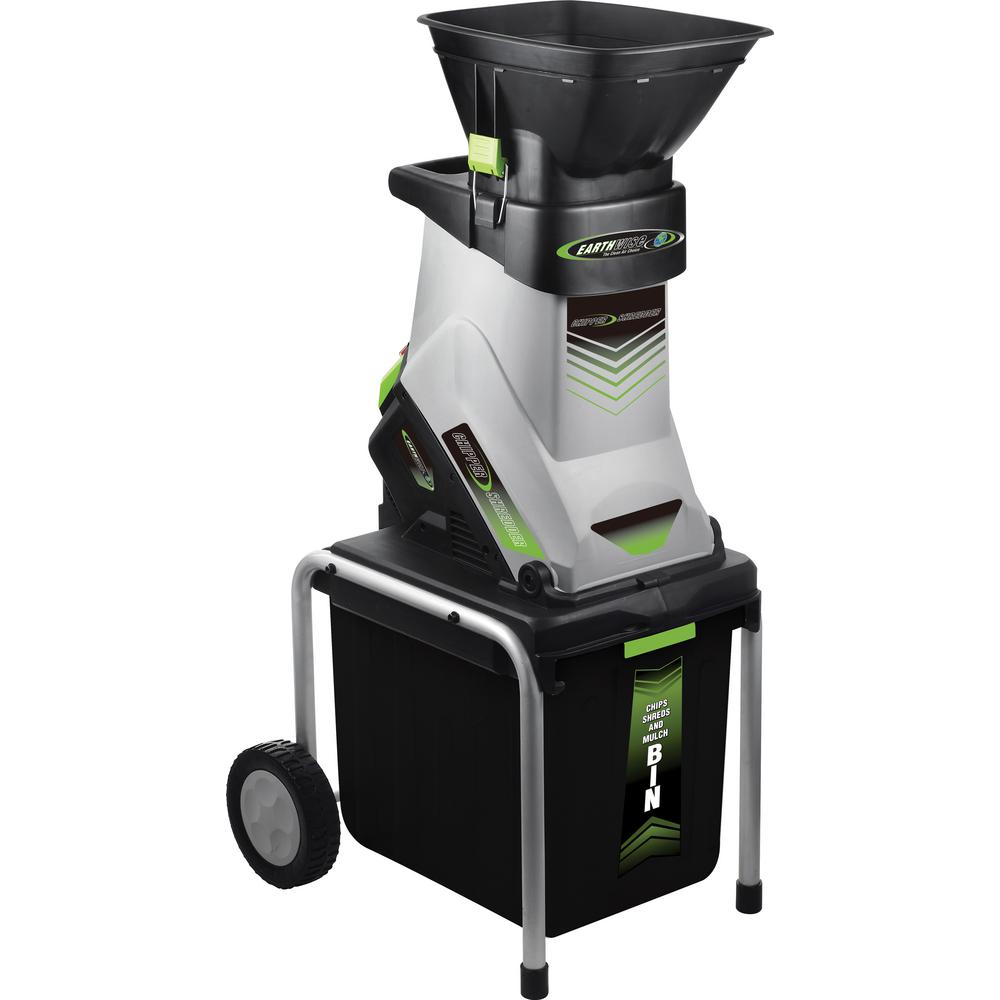 Over the several years we have lived here in Arizona, we have found that the natural vegetation on and around the property requires some maintenance by us. Most notably, the mesquite trees and the creosote bushes. Either of those will overtake its environment given unchecked growth. There are several other vegetation varieties which might require some maintenance, but those are mostly out away from the house and garden.
Over the several years we have lived here in Arizona, we have found that the natural vegetation on and around the property requires some maintenance by us. Most notably, the mesquite trees and the creosote bushes. Either of those will overtake its environment given unchecked growth. There are several other vegetation varieties which might require some maintenance, but those are mostly out away from the house and garden.
Image: Assembled Unit
We acquired a light-duty unit since most of what we will shredding is on the order of ½ to ¾ inch branches and such. The unit is capable of chipping branches up to 1½ inches, but we will be saving the larger ones for the neighbor’s fireplace.
I assembled the unit today and did a test run with some of the scraps that are still up in the wash behind the retention wall, where I threw them after maintaining one of the mesquite trees up there a while back. There is a lot to clean up there and the test sample was a tiny bit of it. The rest will come later.
I took the manufacturer’s advise and used gloves, long sleeve shirt, eye and ear protection (courtesy of the shooting range bag) and commenced to feed some of the branches through the hopper. The material I was feeding conformed to our intended use being of small to medium sizes and the chips and sawdust-sized shreddings went into the unit’s built-in catch bin. No problems were encountered. The remains of the material fed through looked suitable to use as garden mulch, although we don’t exactly have that sort of garden here in the desert.
The unit requires 15 amps of 120VAC current. It is actually quieter than would require ear protection with the stuff I shredded today, but I will be using the earmuffs anyhow just in case something comes flying out of the unit backwards which can happen. Having more cover is better under those circumstances.
We’re pleased with it so far and intend to start some more serious cleanup of the wash area and some stuff still laying across the road where we trimmed up some of those mesquites over there.
UPDATE – FRIDAY 04/26/2019: Damsel and I took the shredder, the truck with the Honda generator and a bunch of tools across the road today to clean up an old mess of cut branches and to trim some of the spring growth off of the big mesquite over there. Happy to report the mess is cleaned up and many of the low-hanging branches on the tree are now redistributed at the base of the tree in the form of mulch. The chipper worked great. There is still more to do, but since it was hot (95°) today, we knocked off after we met our initial objectives.
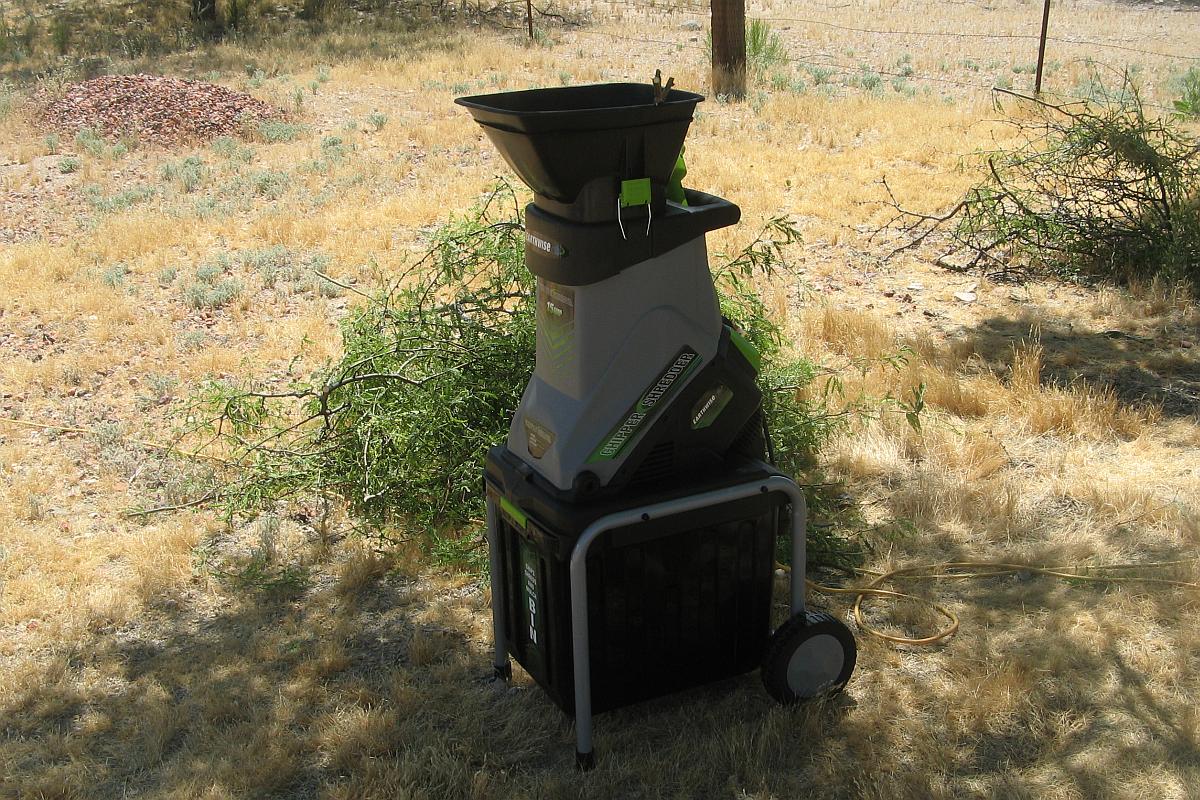

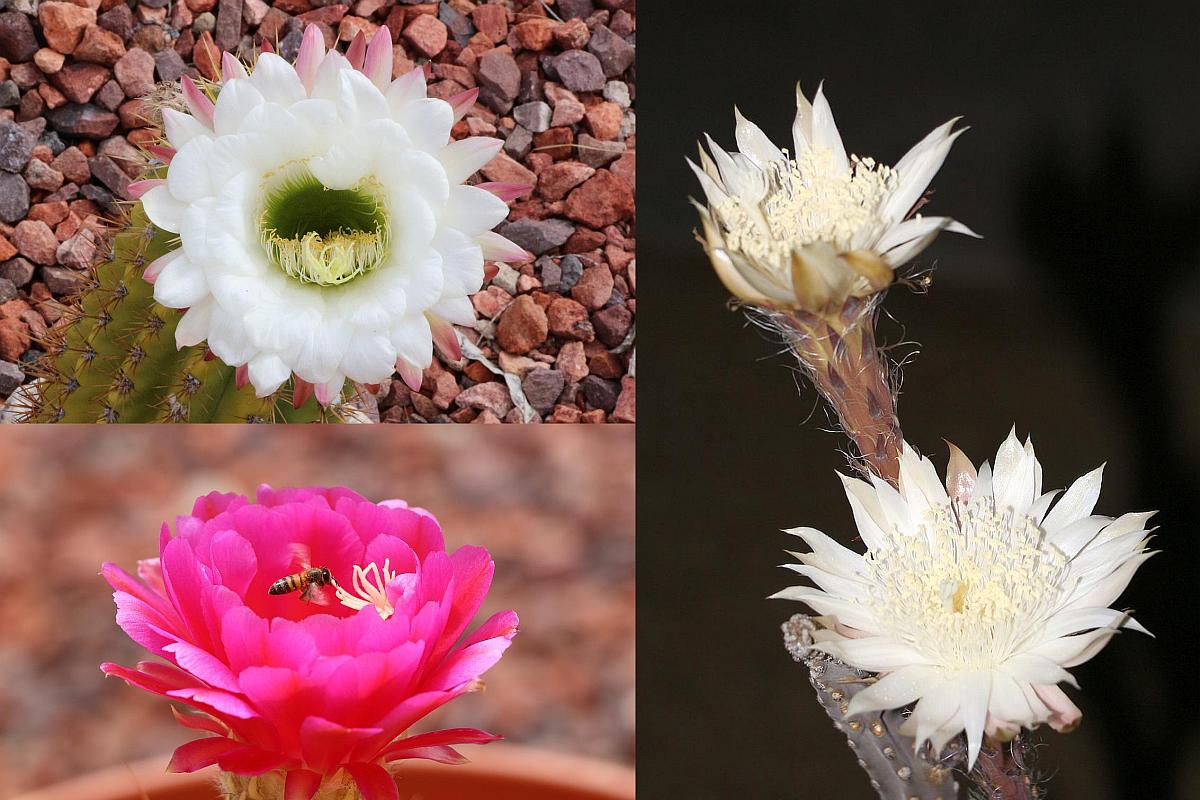
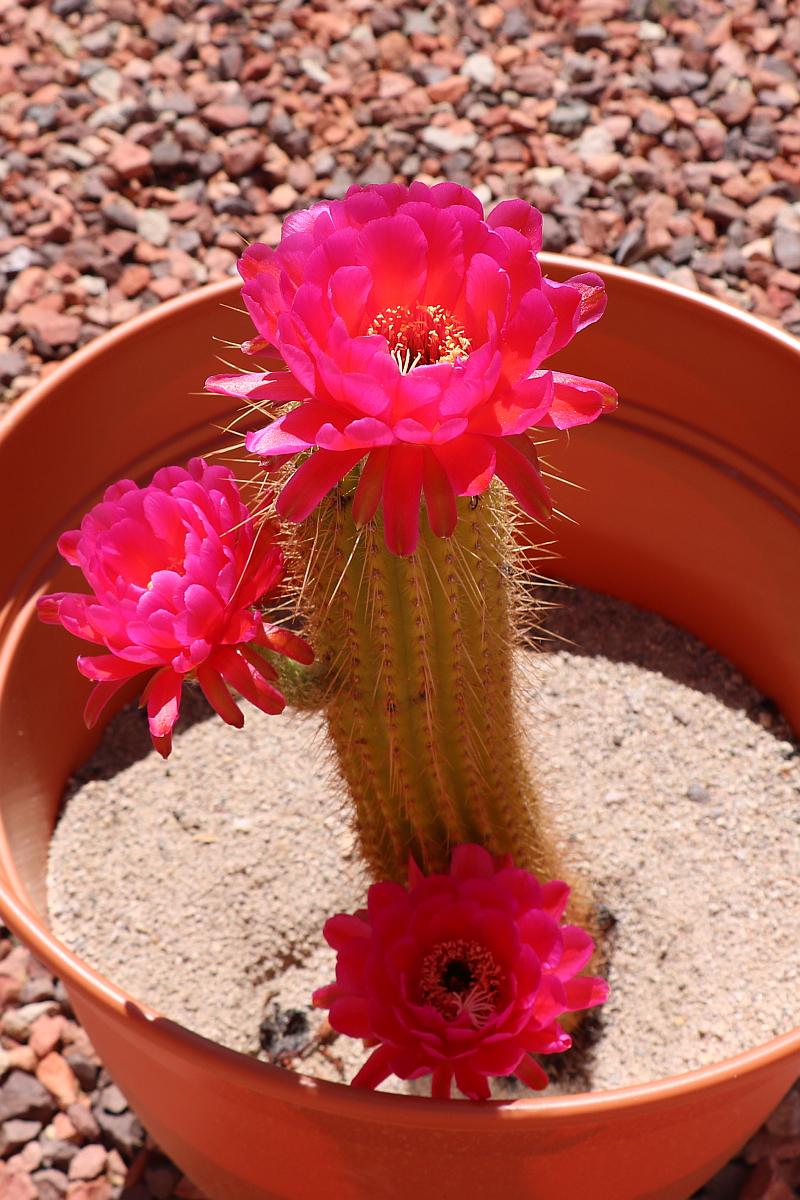
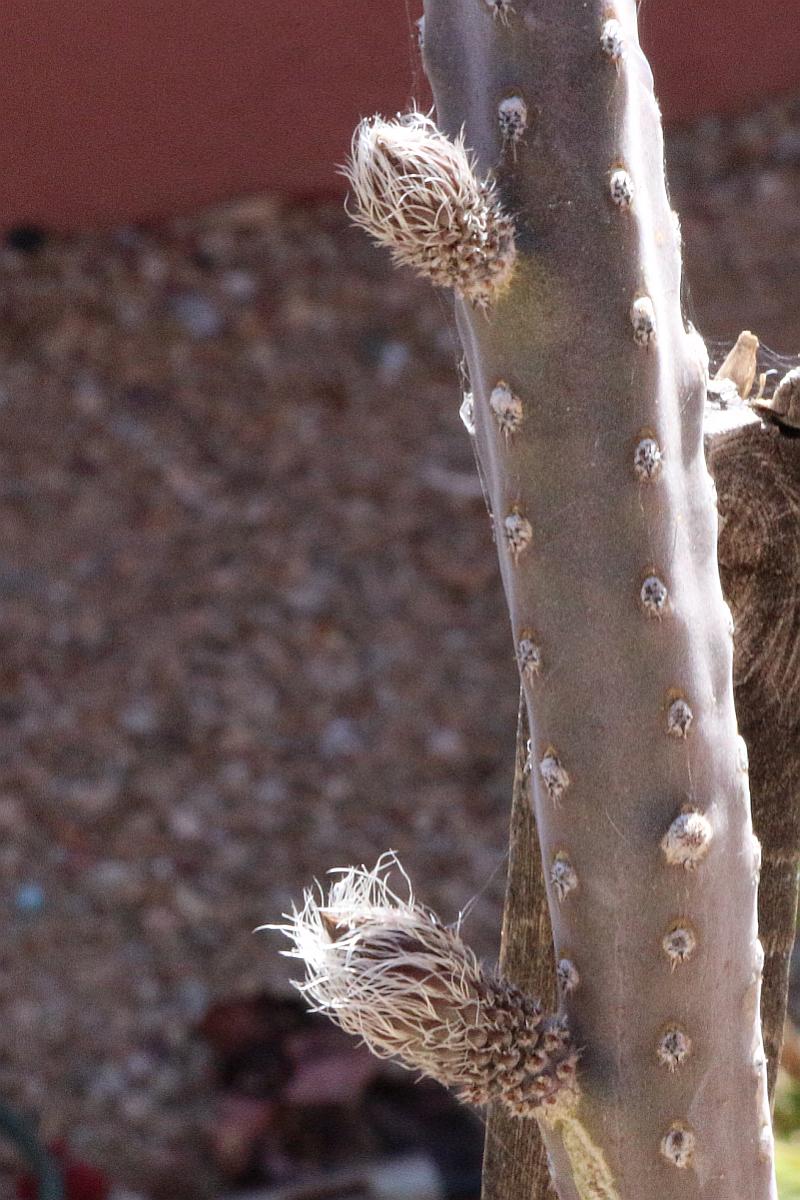
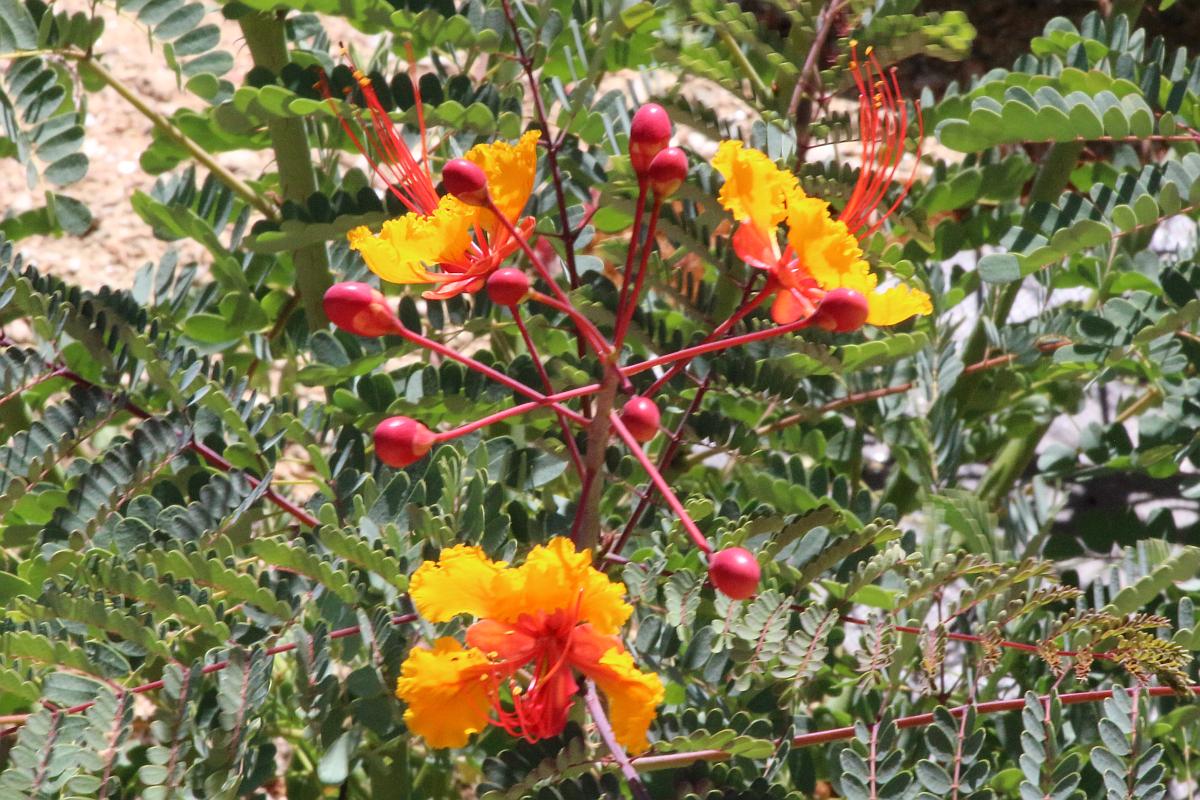
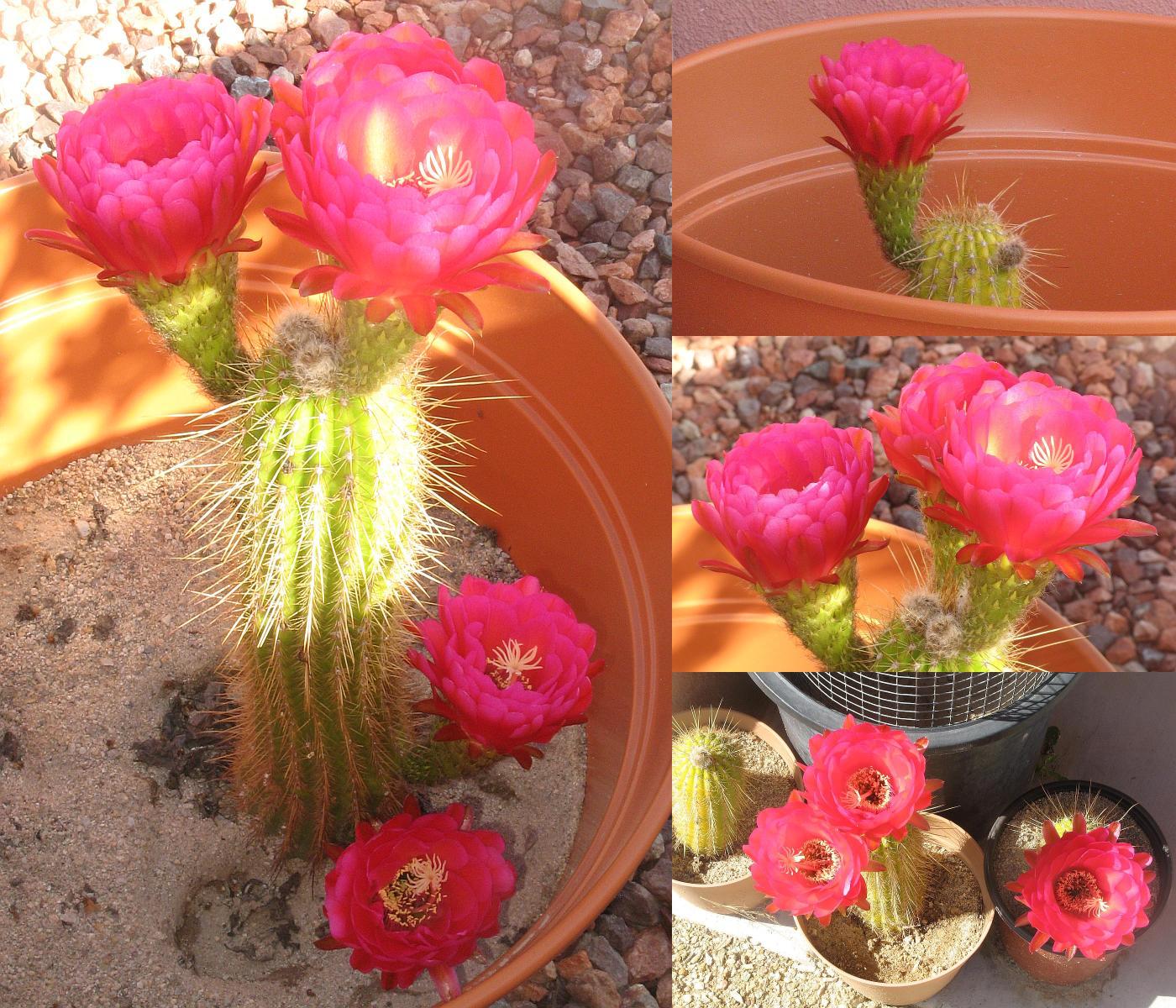
 Over the several years we have lived here in Arizona, we have found that the natural vegetation on and around the property requires some maintenance by us. Most notably, the mesquite trees and the creosote bushes. Either of those will overtake its environment given unchecked growth. There are several other vegetation varieties which might require some maintenance, but those are mostly out away from the house and garden.
Over the several years we have lived here in Arizona, we have found that the natural vegetation on and around the property requires some maintenance by us. Most notably, the mesquite trees and the creosote bushes. Either of those will overtake its environment given unchecked growth. There are several other vegetation varieties which might require some maintenance, but those are mostly out away from the house and garden.
